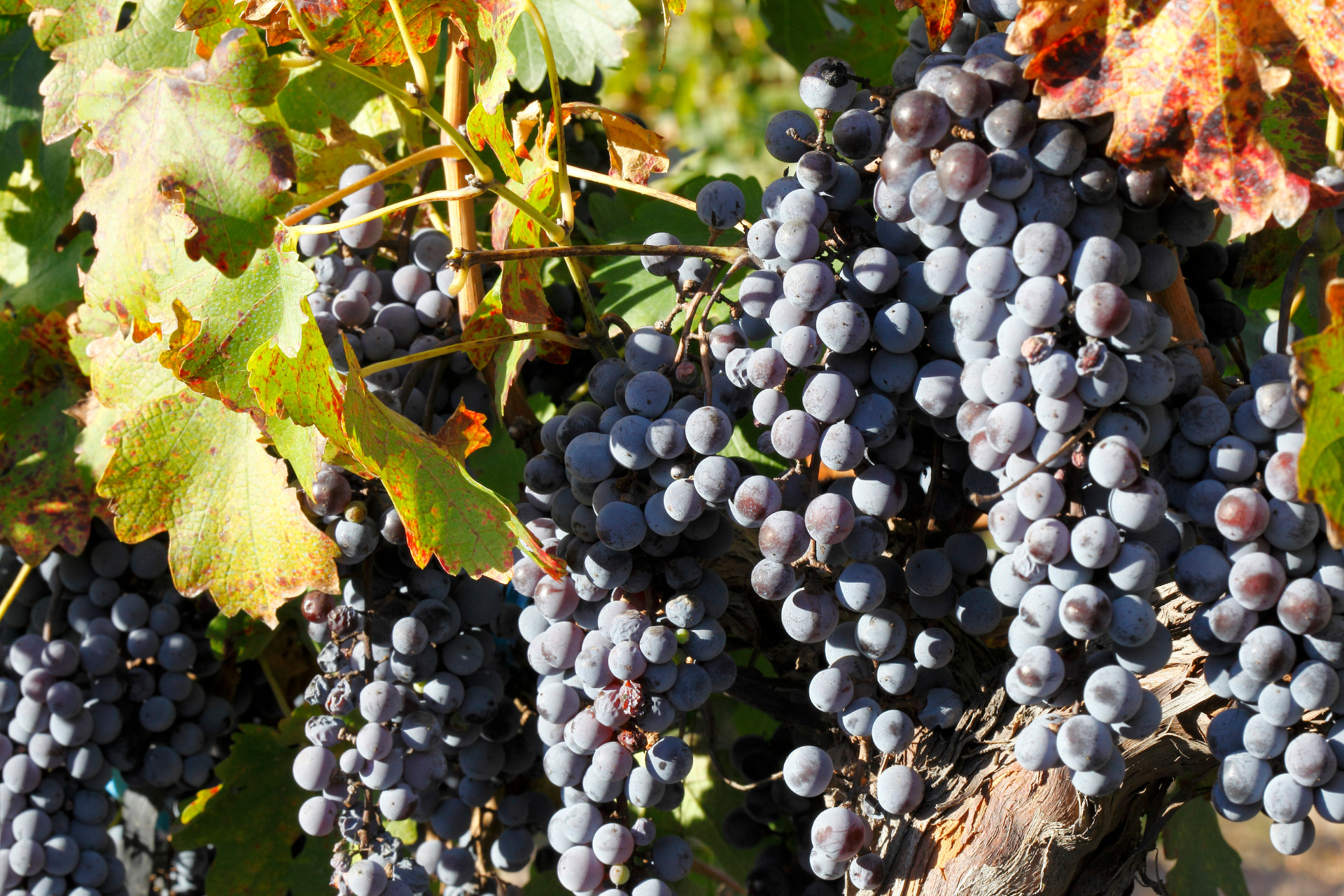How Long Does Red Wine Last After Opening? A Detailed Guide
How Long Does Red Wine Last After Opening? Everything you need to know!
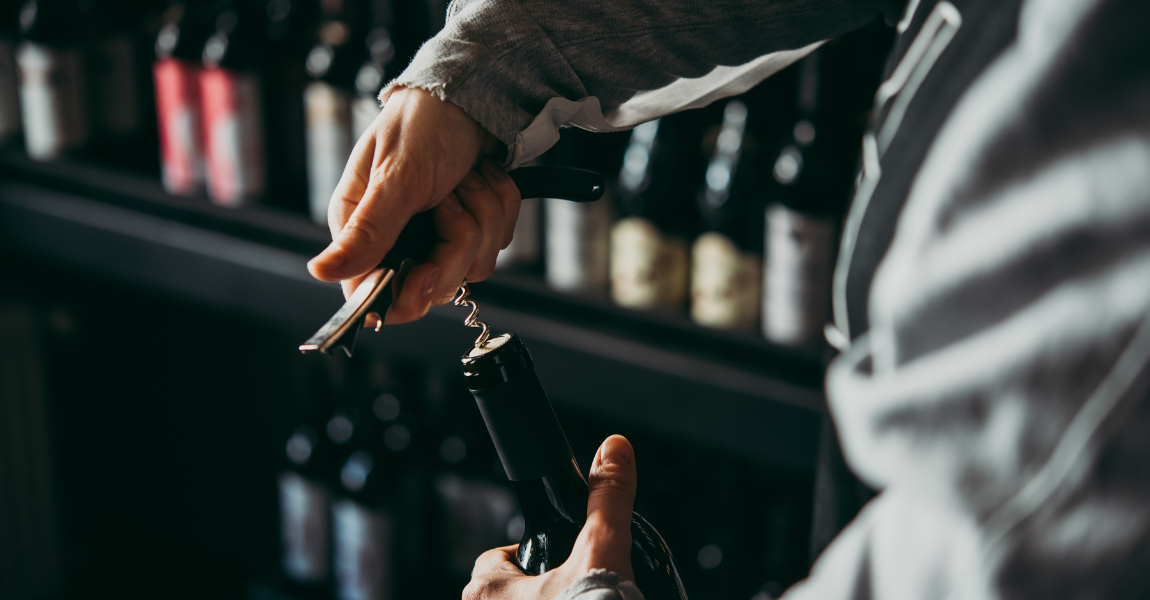
Red wine is a beloved beverage enjoyed for its variety of flavours, aromas, and cultural significance.
However, once opened, the clock begins ticking on its freshness.
Knowing how long red wine lasts after opening is essential to fully appreciate its taste and avoid waste.
Let's look at the factors influencing red wine’s longevity, how to extend its life, and signs it’s no longer drinkable.
The General Rule for Opened Red Wine
Once a bottle of red wine is opened, it typically lasts 3 to 5 days if properly stored.
However, the exact timeline can vary based on several factors, including the type of wine, storage conditions, and whether the wine has been preserved.
Here’s a quick breakdown:
- Light-bodied reds (e.g., Pinot Noir, Gamay): Up to 3 days.
- Medium-bodied reds (e.g., Merlot, Grenache): 3 to 5 days.
- Full-bodied reds (e.g., Cabernet Sauvignon, Syrah/Shiraz): 4 to 5 days.
What Happens to Red Wine After Opening?
When you open a bottle of red wine, you expose it to oxygen, which triggers chemical changes.
Initially, oxygen can enhance the wine's aromas and flavours (a process called "breathing").
However, prolonged exposure leads to oxidation, which degrades the wine.
Stages of Red Wine After Opening
- Fresh Stage (0–24 hours): The wine is vibrant, aromatic, and close to its peak flavour.
- Optimal Drinking Stage (1–3 days): The wine's flavours mellow and integrate, often improving in taste.
- Deterioration Stage (4–5 days): The wine begins to lose its freshness, with muted flavours and aromas.
- Spoiled Stage (6+ days): The wine develops off-putting flavours, a sour smell, and a flat texture.
Factors Affecting Red Wine Longevity
Several factors influence how long red wine remains drinkable after opening:
1. Type of Red Wine
Lighter reds like Pinot Noir have lower tannin levels and are more delicate, causing them to spoil faster.
Heavier reds like Cabernet Sauvignon and Malbec, with higher tannins and alcohol content, resist oxidation longer.
2. Tannins and Acidity
Tannins act as natural preservatives. Wines with higher tannin levels last longer after opening.
Wines with higher acidity also maintain their freshness better.
3. Storage Conditions
Proper storage is critical.
Factors include:
- Temperature: Ideal storage is at 12–18°C (55–65°F).
- Light: Red wine should be kept in the dark to prevent degradation from UV rays.
- Position: Always store the bottle upright to minimise the exposed surface area.
4. Preservation Techniques
Using preservation methods like vacuum pumps or inert gas sprays can significantly extend the wine's life.
How to Store Opened Red Wine
Proper storage can extend the lifespan of your red wine by several days.
Here are some best practices:
1. Re-cork the Bottle
Use the original cork or a wine stopper to seal the bottle tightly.
Insert the cork with the clean side facing the wine to avoid contamination.
2. Refrigerate the Wine
Even red wine benefits from refrigeration after opening. Low temperatures slow oxidation.
Before drinking, allow the wine to warm to room temperature for optimal flavour.
3. Use a Vacuum Pump
Vacuum pumps remove excess air from the bottle, reducing oxidation.
These are affordable and easy to use, making them a great tool for preserving wine.
4. Try Inert Gas Preservation
Sprays like argon gas displace oxygen, creating a protective layer over the wine.
This method is especially useful for expensive or rare wines.
5. Decant Only What You Need
If you know you won’t finish the bottle, pour only the amount you plan to drink and leave the rest in the original bottle.
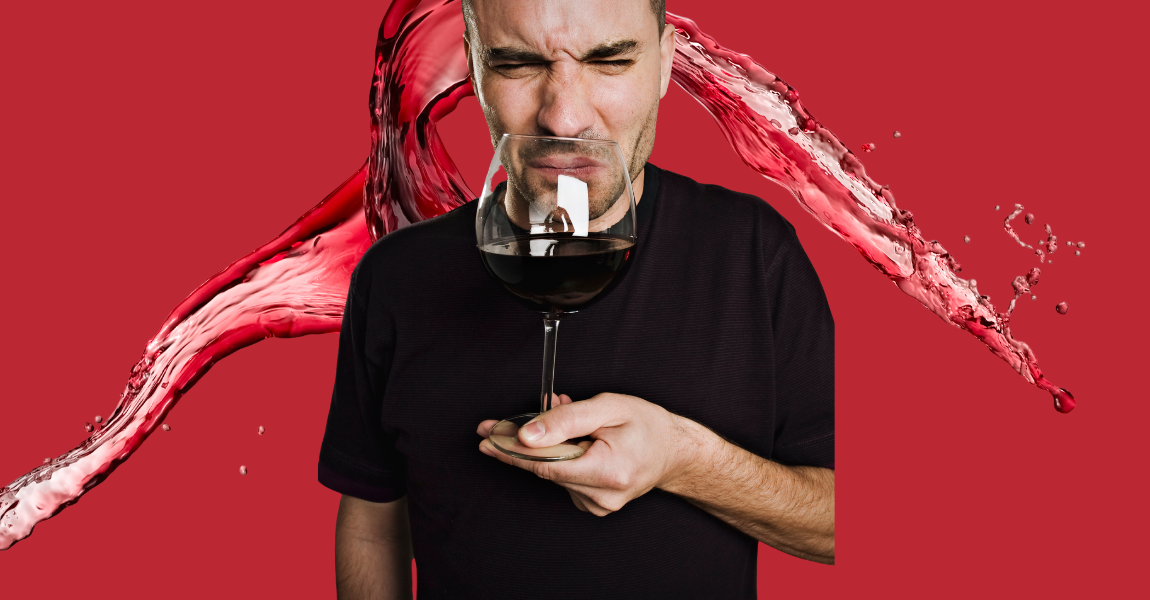
Signs Your Red Wine Has Gone Bad
It’s important to recognise when red wine is no longer drinkable.
Here are the telltale signs:
1. Off-Putting Smell
A sour or vinegar-like odor indicates that the wine has oxidized.
Musty or wet cardboard smells may signal cork taint.
2. Change in Appearance
Red wine that turns brownish or cloudy has likely spoiled.
Bubbles in still red wine suggest unwanted fermentation.
3. Flat or Sour Taste
Spoiled wine loses its fruitiness and structure, leaving a flat, sour, or overly acidic flavour.
Can You Still Use Spoiled Red Wine?
While spoiled red wine is no longer enjoyable to drink, it doesn’t have to go to waste.
Here are a few ways to repurpose it:
- Cooking: Use it in marinades, stews, or sauces.
- Cleaning: Wine's acidity can be a natural cleaning agent for some surfaces.
- Vinegar: Let the wine ferment further to create homemade red wine vinegar.
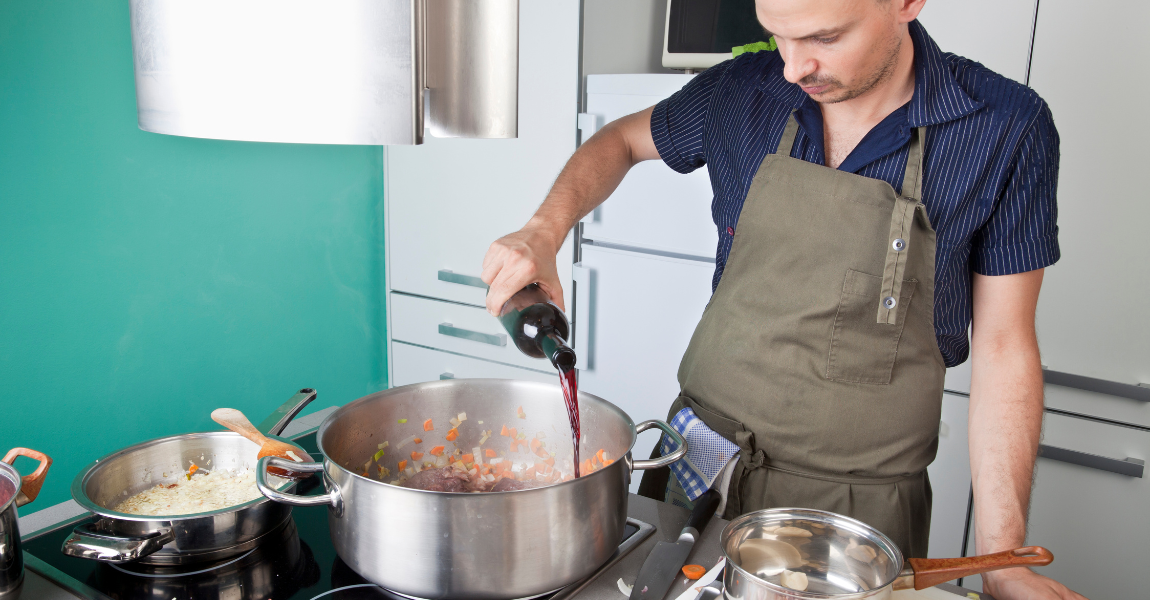
How Long Do Different Types of Red Wine Last?
1. Light-Bodied Red Wines
- Examples: Pinot Noir, Beaujolais
- Lifespan: Up to 3 days.
- Characteristics: Delicate flavours that fade quickly after opening.
2. Medium-Bodied Red Wines
- Examples: Merlot, Zinfandel
- Lifespan: 3–5 days.
- Characteristics: Moderate tannins and acidity that hold up well.
3. Full-Bodied Red Wines
- Examples: Syrah, Malbec, Cabernet Sauvignon
- Lifespan: 4–5 days.
- Characteristics: High tannins and alcohol content preserve freshness.
How to Maximise Enjoyment of Opened Red Wine
1. Plan Ahead
If you’re opening a bottle for a meal, consider how much will be consumed. Opt for smaller bottles if you anticipate leftovers.
2. Use a Wine Aerator
Aerators help bring out the wine’s flavours when first opened but should be avoided for wines you plan to store.
3. Pair Smartly
Pairing red wine with the right food can enhance its flavours, even as it begins to fade.
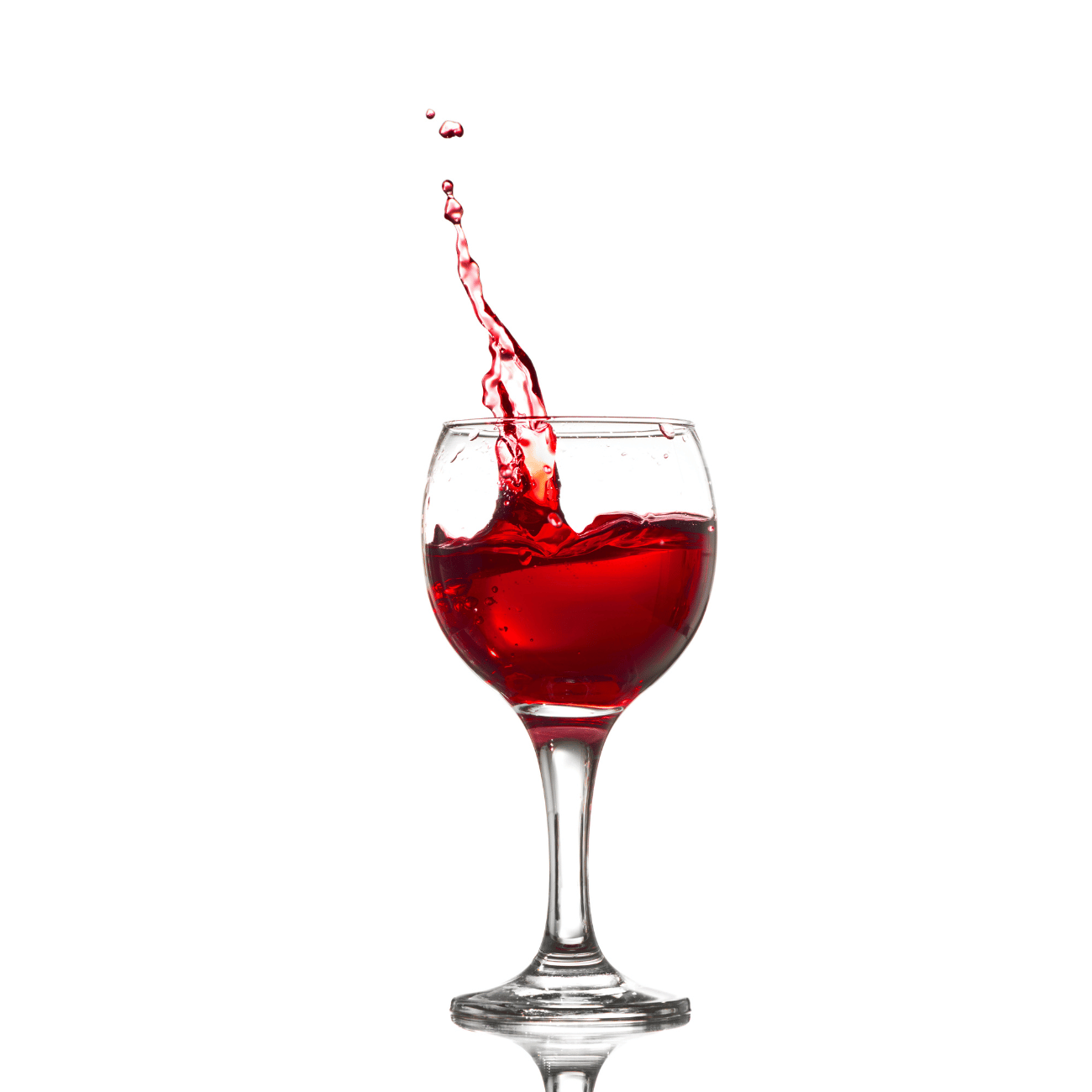
Frequently Asked Questions
1. Can Red Wine Be Stored at Room Temperature After Opening?
While it’s possible to store opened red wine at room temperature for a short time, it’s better to refrigerate it to slow oxidation.
2. Does the Bottle Size Affect Longevity?
Yes, larger bottles like magnums have less air exposure relative to the wine’s volume, extending their freshness.
3. Can You Freeze Opened Red Wine?
Yes, freezing red wine is an option for cooking purposes, but it’s not recommended for drinking, as freezing alters the flavour and texture.
An opened bottle of red wine can provide days of enjoyment if stored and preserved properly.
Light reds last up to 3 days, while full-bodied reds can stay fresh for 4–5 days with appropriate care.
Use re-corking, refrigeration, and preservation tools to slow oxidation, and keep an eye out for signs of spoilage.
With these tips, you can savour every drop of your favourite red wine without wasting a bottle.
Cheers!
Wine and Cheese Affair News

